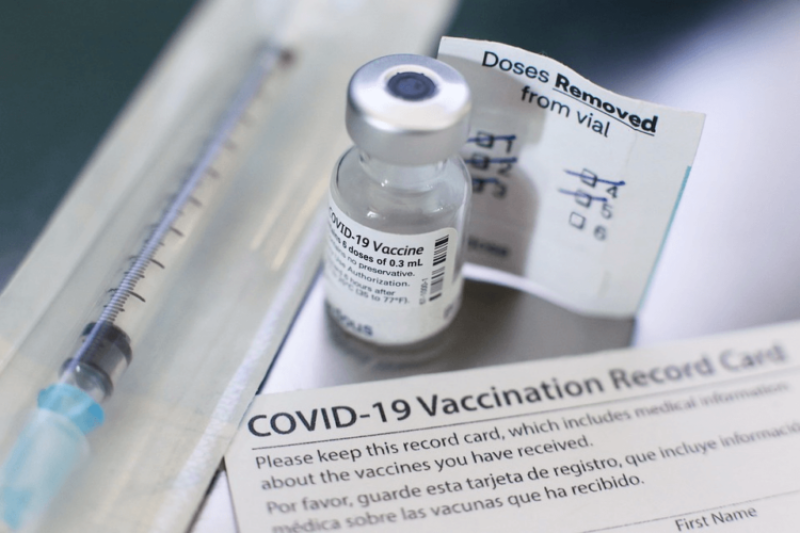The Trump administration’s Operation Warp Speed bet on six vaccine candidates that relied on different platform technologies, each of which came with advantages and drawbacks. A major benefit of the mRNA vaccines was their ability to be made rapidly, which was one reason they were the first to receive FDA authorization. The mRNA vaccines also initially generated high levels of antibodies, which was why they demonstrated nearly 95% protection against symptomatic infection during randomized controlled trials.
Yet a major downside of these vaccines is that their antibodies ebb after a few months, leaving high-risk individuals vulnerable to infection and severe illness. One study from South Africa found that protection from two doses of the Pfizer vaccine against hospitalization during Omicron dropped from 80% about two weeks after inoculation to 19% nine months later.
J&J’s vector vaccine is more difficult to manufacture, which slowed its rollout. It also initially generates a lower level of antibodies than the mRNA vaccines, which is why its single dose was only 72% effective in its trial. (Two J&J shots provided protection comparable to the mRNA two-dose regimen.)
But the J&J vaccine’s antibodies are more durable, and its T-cell response is stronger. T-cells are important for protecting people from severe illness when antibodies wane—and unlike antibodies, they aren’t easily eluded by new variants.































